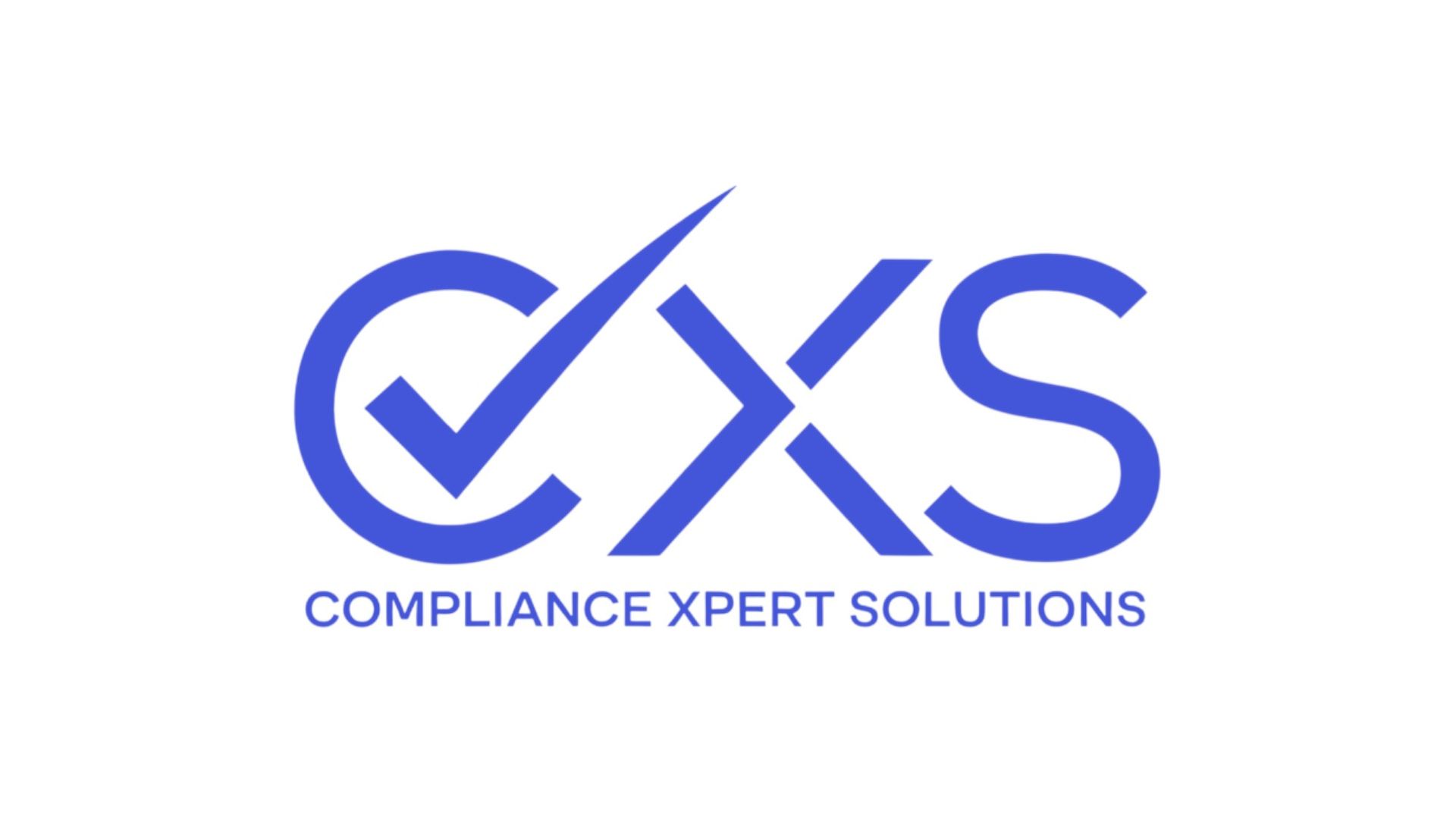Developing Quality Management Systems: A Comprehensive Guide for Canadian Businesses
Understanding Quality Management Systems
In today’s competitive business environment, implementing a Quality Management System (QMS) is essential for Canadian businesses aiming to enhance customer satisfaction and operational efficiency. A QMS provides a structured framework that helps organizations deliver consistent products and services while continuously improving their processes.

The Importance of a QMS in Canadian Businesses
For Canadian businesses, a robust QMS ensures compliance with industry regulations and international standards, such as ISO 9001. This not only opens the door to new markets but also builds trust with customers and stakeholders. Implementing a QMS can lead to reduced waste, optimized processes, and improved profitability.
Moreover, a QMS helps in risk management by identifying potential issues before they escalate, thus safeguarding the company’s reputation and financial health. By fostering a culture of continuous improvement, businesses can stay ahead of the competition.
Steps to Develop a Quality Management System
Developing a QMS may seem daunting, but by following structured steps, businesses can create an effective system tailored to their needs. Here’s a concise guide to getting started:
- Define Objectives: Clearly outline what you want to achieve with your QMS, focusing on customer satisfaction, compliance, and efficiency.
- Engage Leadership: Ensure top management is committed to the QMS development and implementation process.
- Conduct a Gap Analysis: Assess current processes against desired outcomes to identify areas for improvement.
- Design the Framework: Develop policies, procedures, and documentation that align with your objectives and industry standards.

Implementing the Quality Management System
Once the groundwork is laid, the next step is implementation. This involves training employees across all levels to ensure they understand their roles within the QMS. Regular communication and feedback mechanisms should be established to encourage participation and gather insights for further refinement.
It’s crucial to monitor the progress of the QMS through regular audits and reviews. These evaluations help identify non-conformities and opportunities for improvement, ensuring the system remains effective and relevant.
Maintaining and Improving Your QMS
A QMS is not a one-time project but an ongoing process. Continuous improvement should be ingrained in the company culture. Utilizing tools like root cause analysis and corrective actions can help address issues promptly and prevent recurrence.

Regularly updating the QMS to reflect changes in regulations, technology, and customer expectations is vital. This proactive approach will help businesses maintain compliance and capitalize on new opportunities in the market.
The Benefits of a Well-Developed Quality Management System
A well-developed QMS offers numerous benefits. It enhances customer trust by consistently delivering quality products and services. Additionally, it boosts employee morale by clearly defining roles and responsibilities, leading to increased productivity and job satisfaction.
Ultimately, a robust QMS positions Canadian businesses for long-term success by fostering innovation, reducing costs, and enhancing competitiveness. By committing to quality management, companies can navigate challenges and thrive in today’s dynamic business landscape.
